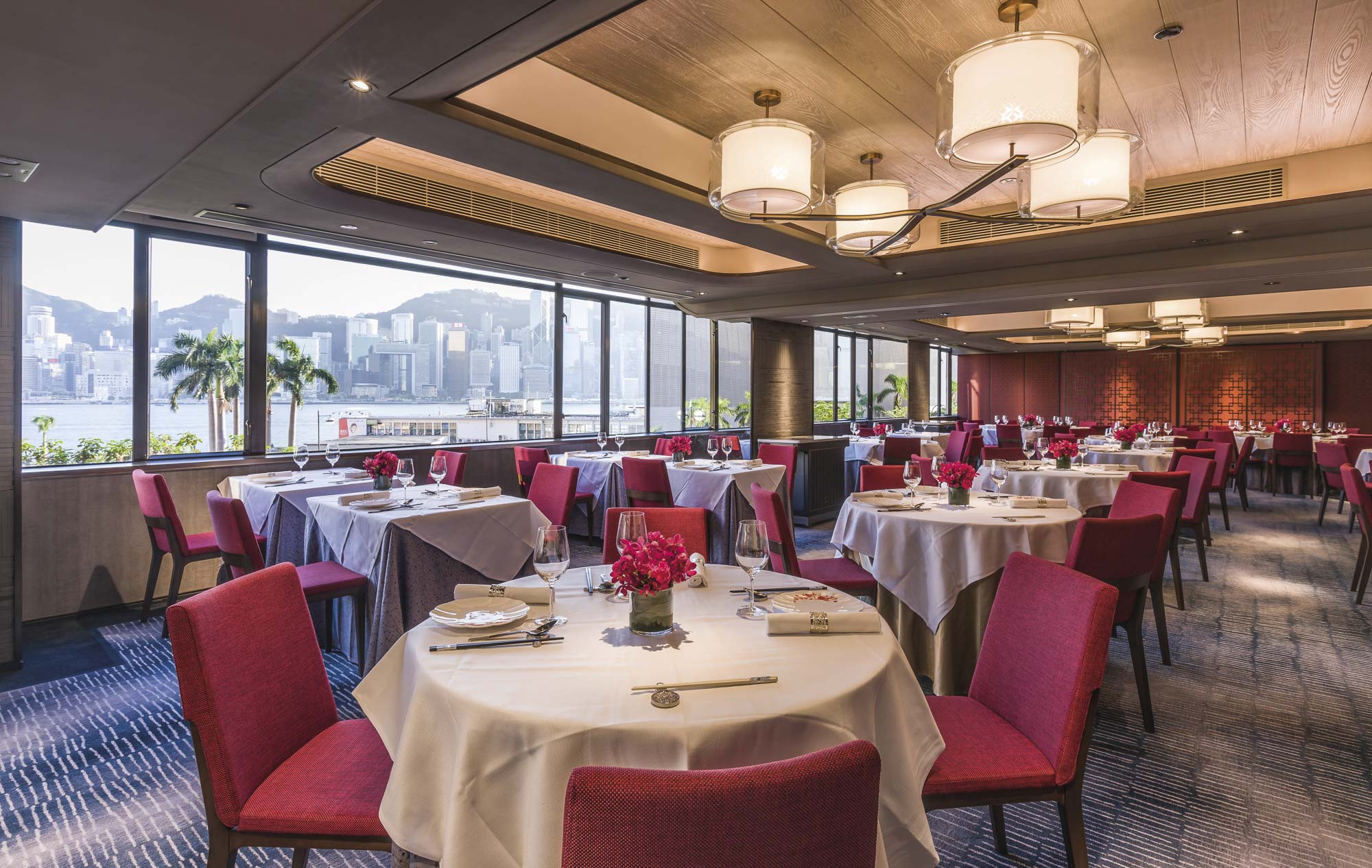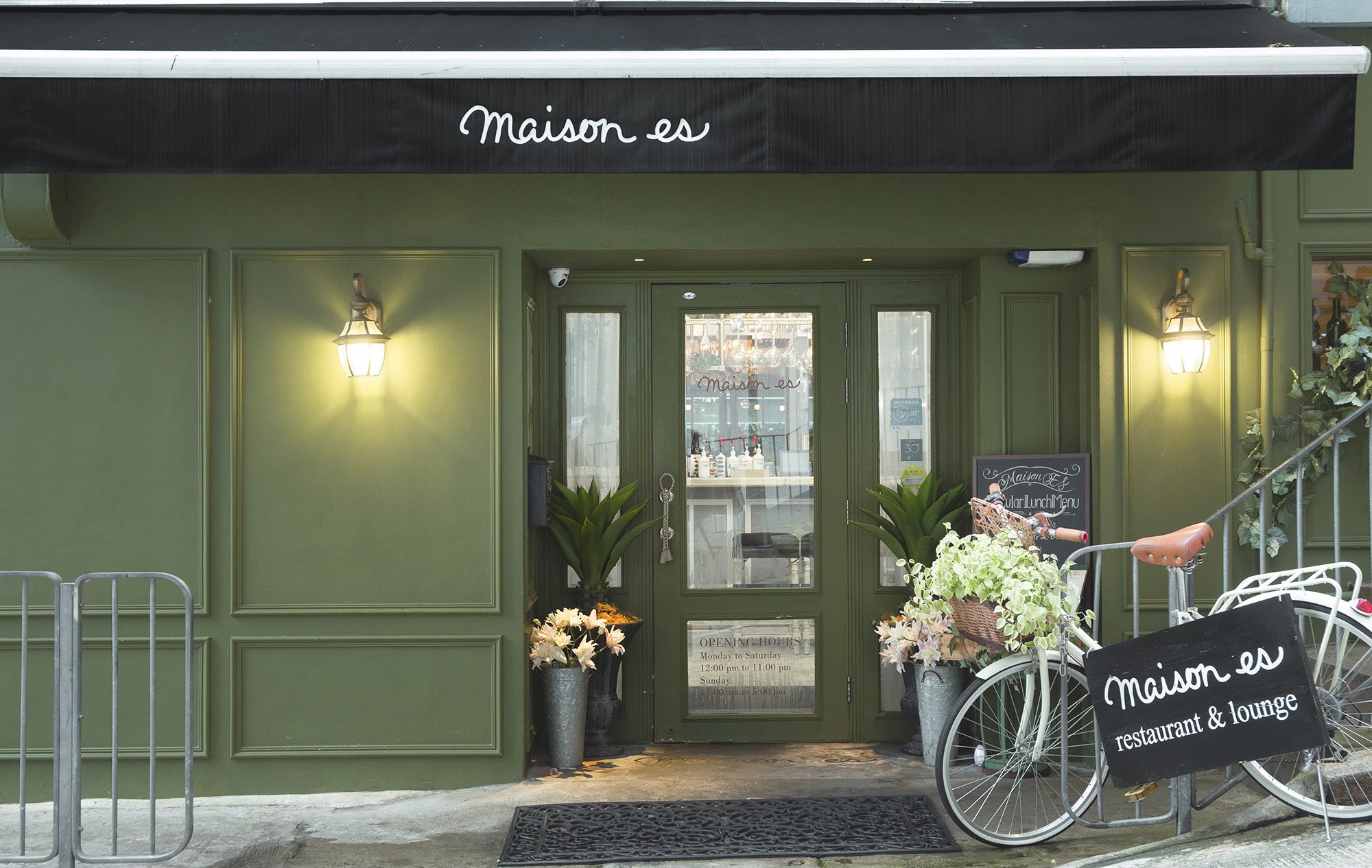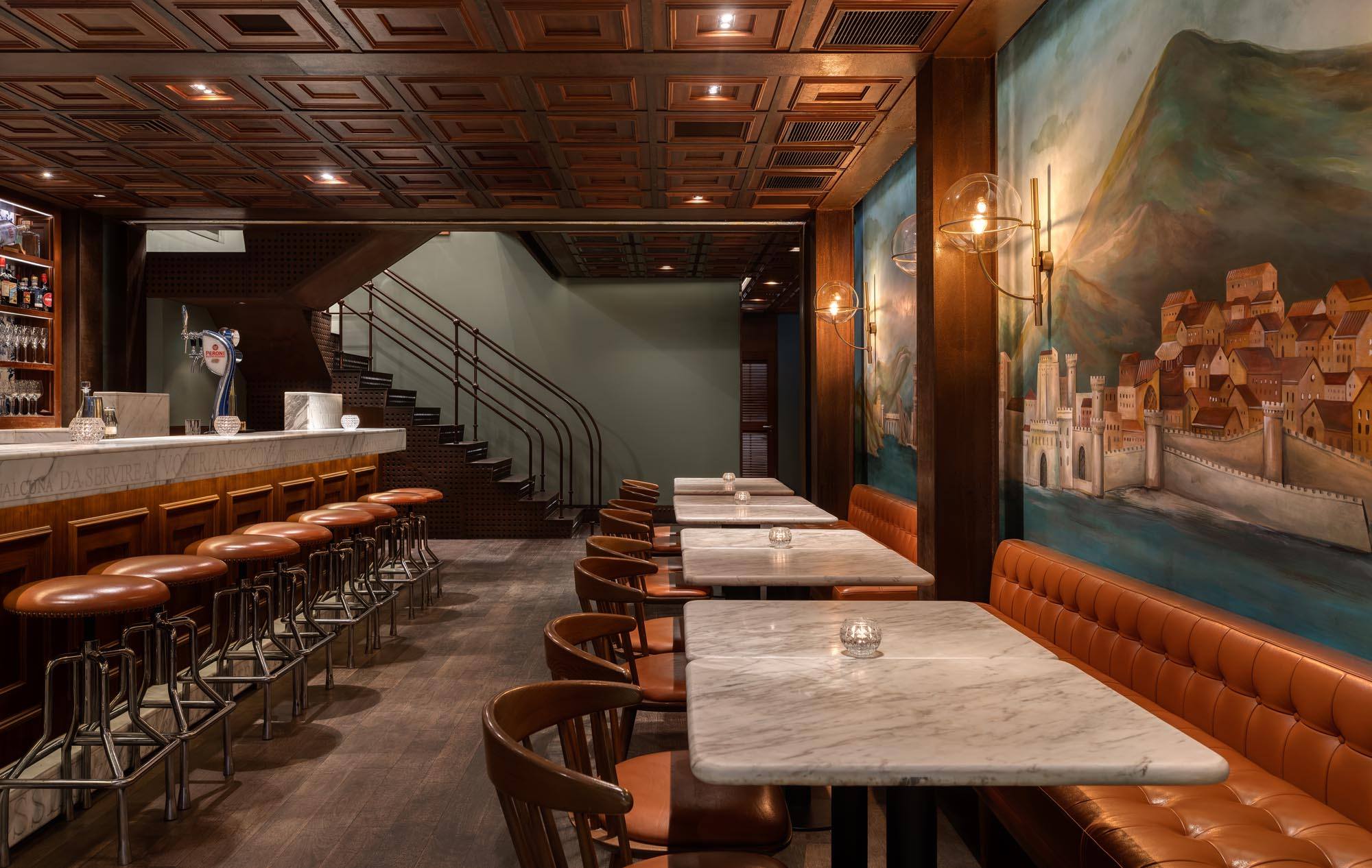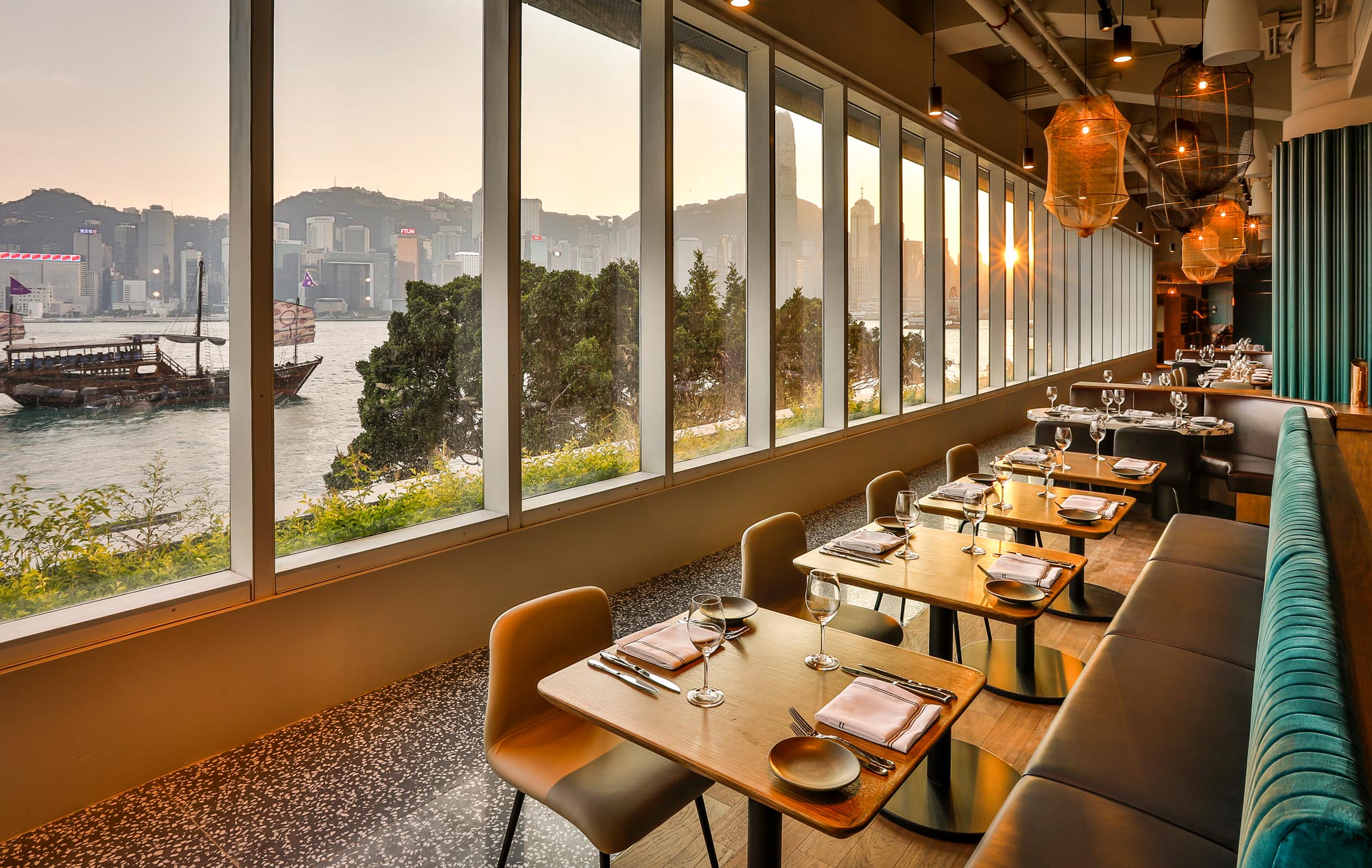Tell me about your role.
I look after the dining part of Maxim’s business, which involves two sections: one is Chinese restaurants, of which we have 53 in Hong Kong; the other is m.a.x. concepts, which is more international dining and includes brands we’ve developed and ones we franchise, mainly from the US.
How has the food sector evolved in the past 10 years?
Luxury dining is getting more casual. I’ve heard from hoteliers that the phrase ‘fine dining’ is becoming old. People don’t like that stiffness. But the biggest change is in the mid-range segment, which is big and competitive. There is a lot of innovation, with many types of cuisine entering the market, including numerous players coming from outside Hong Kong. Even Japanese ramen has sub-categories. Social media has also played a part; for a few years now food has been designed to be Instagram-friendly.
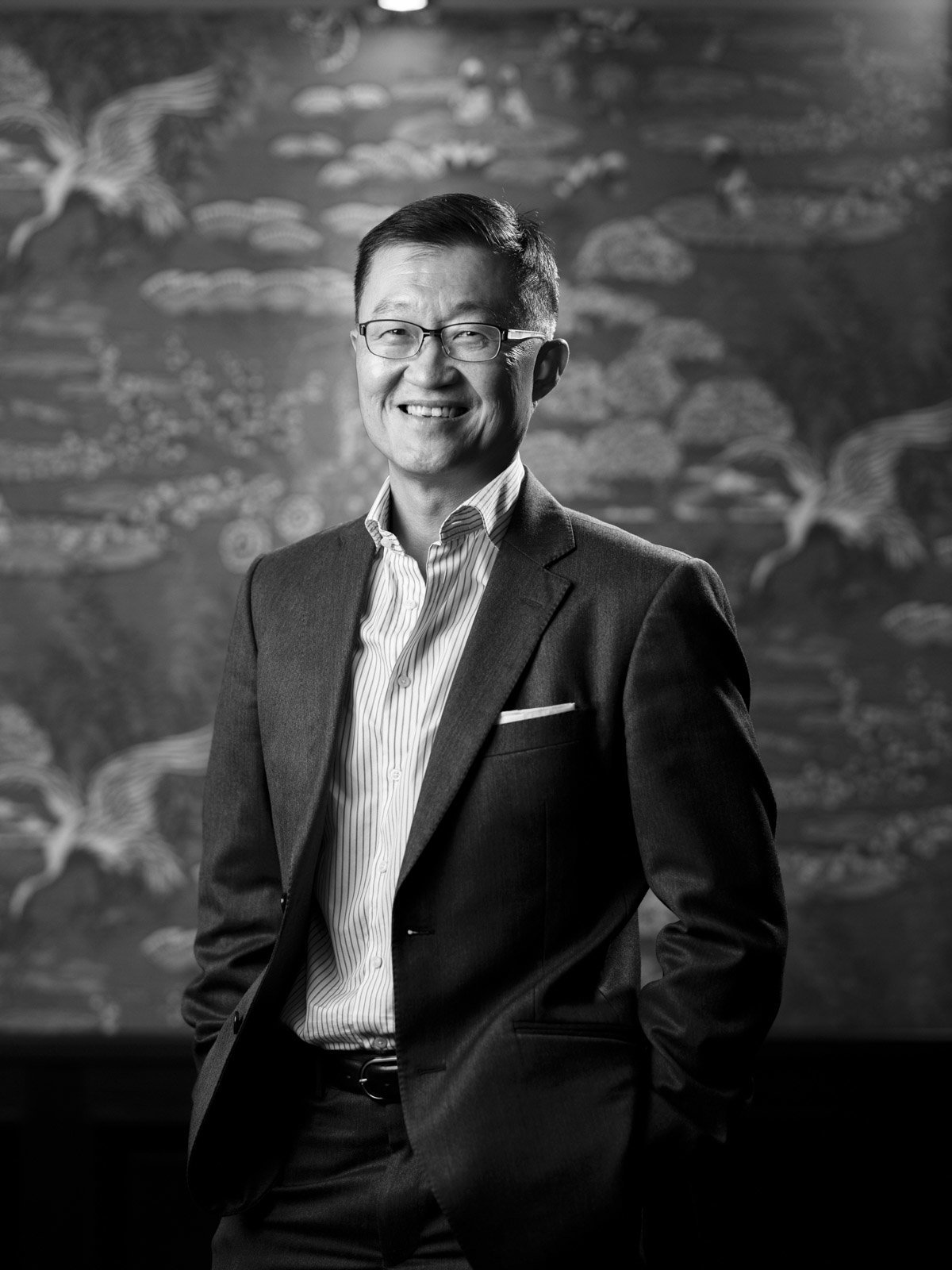
What are other ways social media has influenced your business?
The way we market the restaurants is very different now. There’s so much information out there; how do you get your message out to the consumers? In a way it’s become a shift between advertising versus public relations. Paid ads are seen as the company controlling the message. Consumers these days don’t want to be fed information. The trustworthiness of friends on social media makes that message stronger than traditional advertising.
How do you attract younger customers?
Part of it is using modern interpretations of traditional food. This could mean a different presentation or innovating with ingredients. For our legacy brands, we also offer newness through renovations (such as the recent one for Peking Garden in Tsim Sha Tsui’s Star House). I’m particularly excited about our plan to open a modern Chiu Chow restaurant that targets younger diners. I think Chiu Chow food has always been underpromoted in Hong Kong, and it’s seen as a cuisine enjoyed by the older generation. We have a concept in the works, and it’s set to open next year.
How are you contending with the rise of food delivery apps?
It’s getting to be a big portion of restaurant sales. As a company we are learning and reacting to this change, and going forward we need to design our menu towards it and join up with partners to drive this business.
Are there challenges in F&B that can be applied to other industries?
The retail industry is experiencing the same challenge of sales being moved online. For restaurants, we have to provide an experience to attract customers to our bricks-and-mortar locations, and the retail industry is looking to do the same. In Singapore I see they’re doing indoor go-karting and other sports activities inside malls. You need to draw people back to the retail space to spend money.
What’s your philosophy behind growing a restaurant business?
It doesn’t matter how big your expansion plan is or how fast it is; building restaurants is still one store at a time. You have to make sure each store’s execution is done correctly. You may have 100 stores in a year, but I think it’s important to maintain the mentality of one store at a time.



